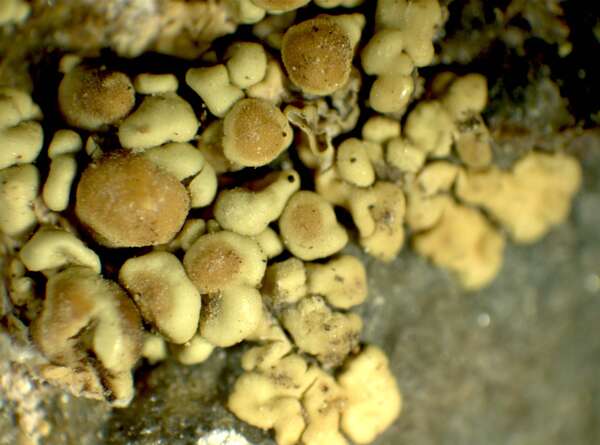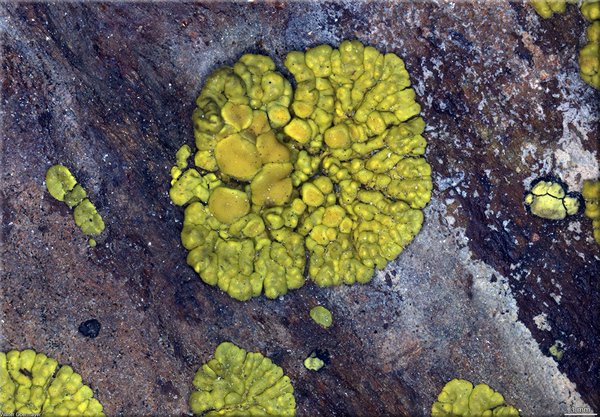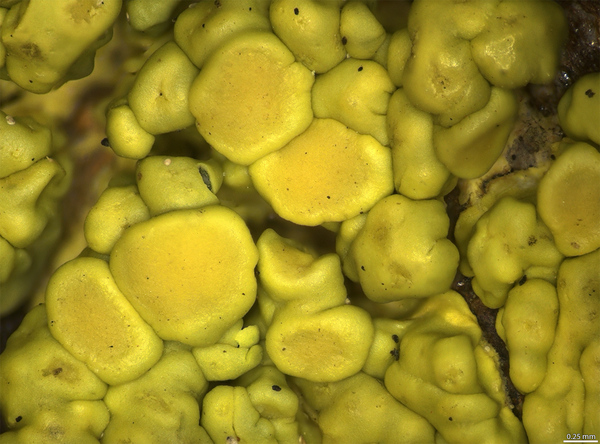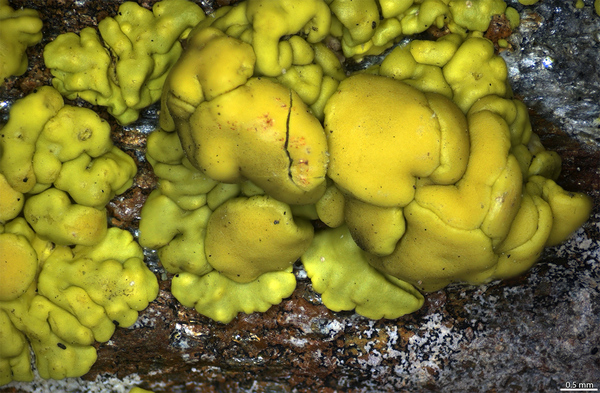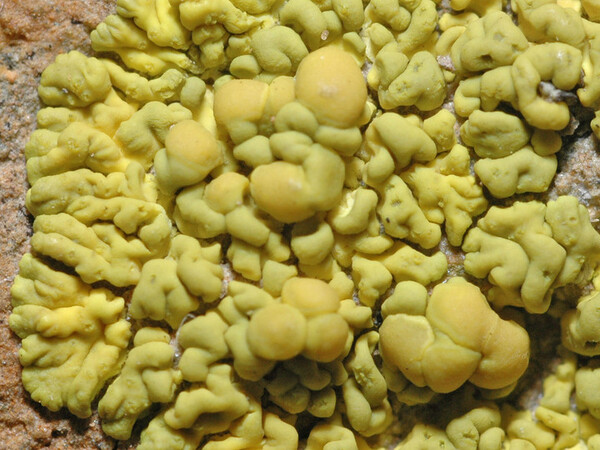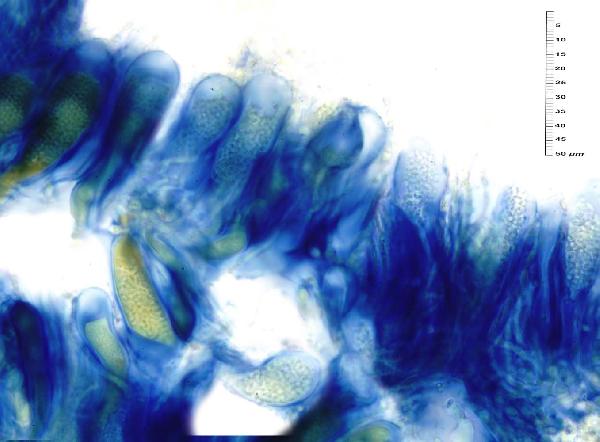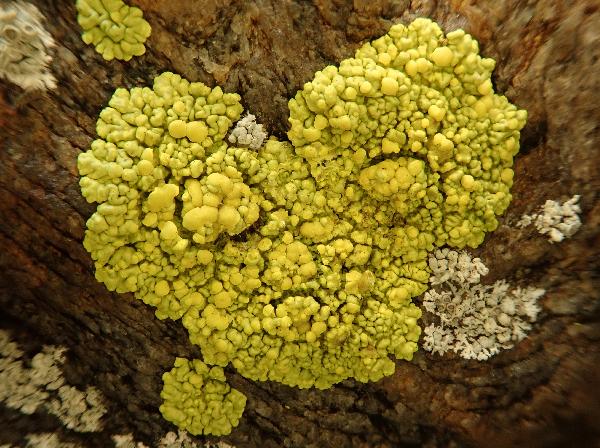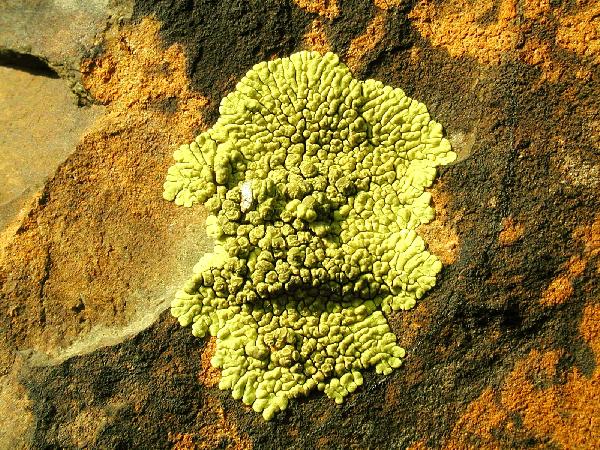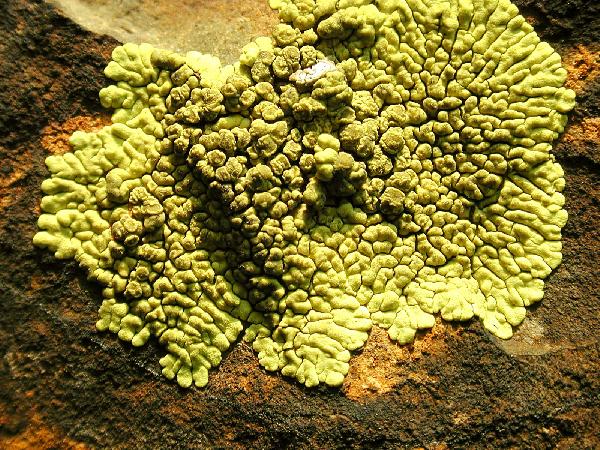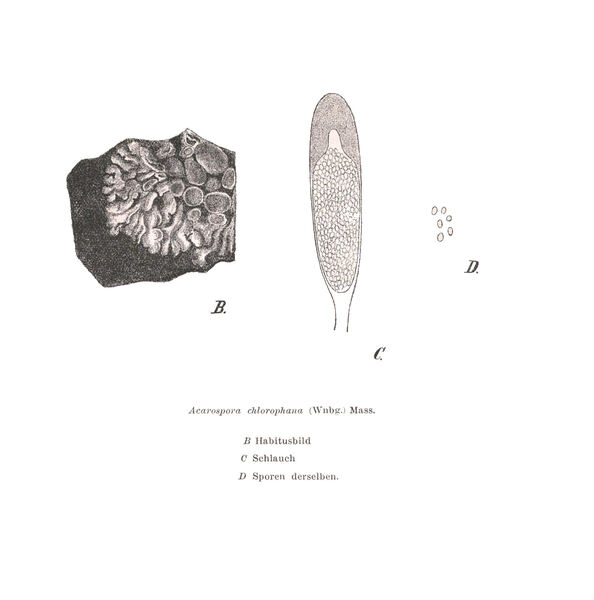Pleopsidium chlorophanum (Wahlenb.) Zopf
Ann. Chem., 284: 117, 1895. Basionym: Parmelia chlorophana Wahlenb. in Ach. - Meth. Lich. Suppl.: 44, 1803.
Synonyms: Acarospora chlorophana (Wahlenb.) A. Massal.; Acarospora flava var. chlorophana (Wahlenb.) Stein; Gussonea chlorophana (Wahlenb.) Tornab.
Distribution: N - Frl (Tretiach & Hafellner 2000, Reeb & al. 2007), TAA (Hafellner 1993, Nascimbene & al. 2022), Lomb (Dalle Vedove & al. 2004), Piem (Isocrono & al. 2004), VA (Borlandelli & al. 1996, Piervittori & Isocrono 1997, 1999). C - Tosc, Sar (Hafellner 1993). S - Bas (Ravera & al. 2019b), Cal (Puntillo 1996), Si.
Description: Thallus crustose-placodioid, bright yellow, epruinose, areolate to rimose-areolate in central parts, forming more or less orbicular, 1-2 cm wide rosettes, several thalli often merging to cover large surfaces. Central areoles mostly angular, flat to convex, 0.4-2(-4) nm wide, 0.4-1 mm thick; marginal lobes poorly developed, 1-3 x 0.3-1.5 mm, contiguous, smooth, with expanded, blunt apices. Cortex prosoplectenchymatous, of small-celled hyphae, pale yellow throughout, inspersed with crystals, 30-60 µm thick, yellow in upper part, colourless in lower part; algal layer continuous or irregularly interrupted; medulla white, intricately prosoplectenchymatous. Apothecia (0.6-)1(-2) mm across, crowded, covering the central parts of thallus, with a yellowish, sometimes slightly darkened, convex disc and a soon excluded thalline margin, appearing biatorine at maturity. Proper exciple colourless, 50-80 µm wide; epithecium greenish or brownish yellow, inspersed with yellowish crystals, 15-20 µm high; hymenium colourless, 50-60(-70) µm high, I+ blue; paraphyses mostly simple, separating easily, 1.5-2 µm thick at base, the apical cells slightly expanded, 2-3 µm wide; hypothecium colourless, I+ brown-yellow or pale blue. Asci 100-200-spored, clavate, with a distinct apical dome reacting I+ deep blue only in the lower outer part, a broad ocular chamber, and an amyloid outer gelatinous sheath, Pleopsidium-type. Ascospores 1-celled, hyaline, ellipsoid, 3-4 x 1.5-2 µm. Pycnidia immersed, poorly evident, the jelly I+ blue. Conidia broadly ellipsoid, often narrower at one end, (3-)3.5-4.5 x 1.5-2 µm. Pycnidia yellow, immersed, poorly evident. Conidia ellipsoid, 3-3.8 x 1.5-1.8 µm. Photobiont chlorococcoid. Spot tests: thallus and apothecia K-, C-, KC-, P-, UV+ orange. Chemistry: rhizocarpic acid plus fatty acids (acaranoic, acarenoic acids).Note: an arctic-alpine, bipolar lichen found on vertical, rain-sheltered surfaces of siliceous, often metal-rich rocks in exposed situations with optimum above treeline, reaching the nival belt in the Alps; widespread and locally abundant throughout the siliceous Alps, extending southwards to the mountains of Sicily.
Growth form: Crustose
Substrata: rocks
Photobiont: green algae other than Trentepohlia
Reproductive strategy: mainly sexual
In underhangs rarely wetted by rain
Commonnes-rarity: (info)
Alpine belt: rather common
Subalpine belt: very rare
Oromediterranean belt: very rare
Montane belt: very rare
Submediterranean belt: absent
Padanian area: absent
Humid submediterranean belt: absent
Humid mediterranean belt: absent
Dry mediterranean belt: absent
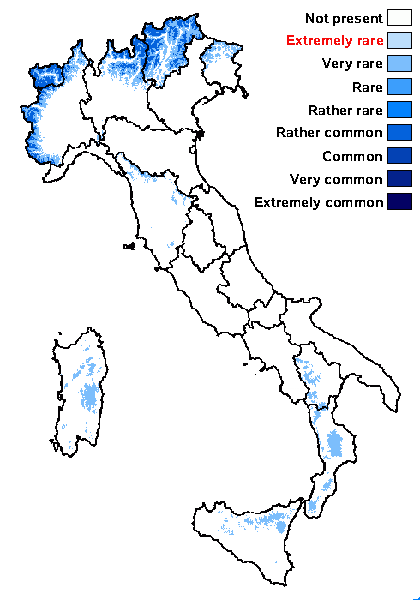
Predictive model
Herbarium samples
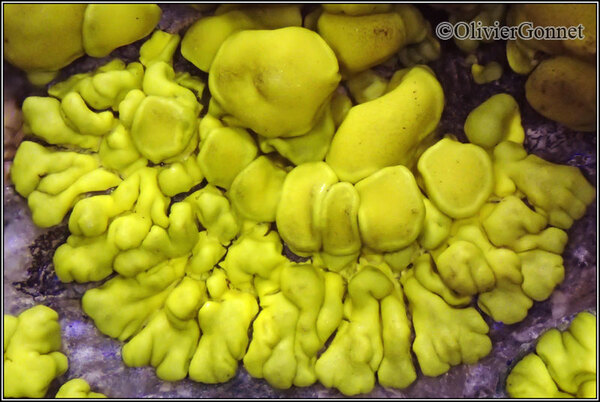
Courtesy Danièle et Olivier Gonnet - Source: https://www.afl-lichenologie.fr/Photos_AFL/Photos_AFL_P/Text_P/Pleopsidium_chlorophanum.htm
France, 26/08/2018 - Mont Cenis - Savoie
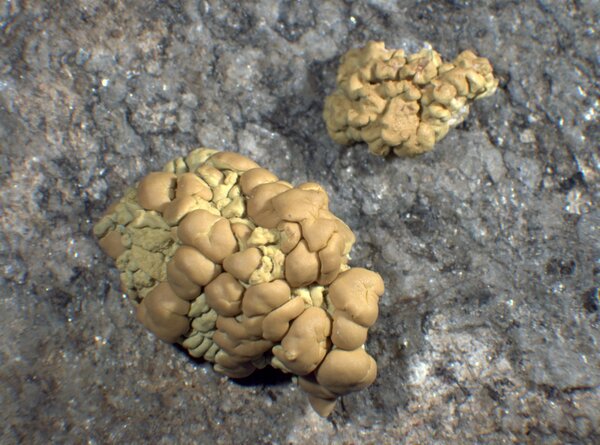
Miris Castello - CC BY-SA 4.0; Owner: Department of Life Sciences - University of Trieste
Antarctica, Terra Nova Bay.
Herbarium: TSB - Antarctic Herbarium

Miris Castello - CC BY-SA 4.0; Owner: Department of Life Sciences - University of Trieste
Antarctica, Terra Nova Bay.
Herbarium: TSB - Antarctic Herbarium
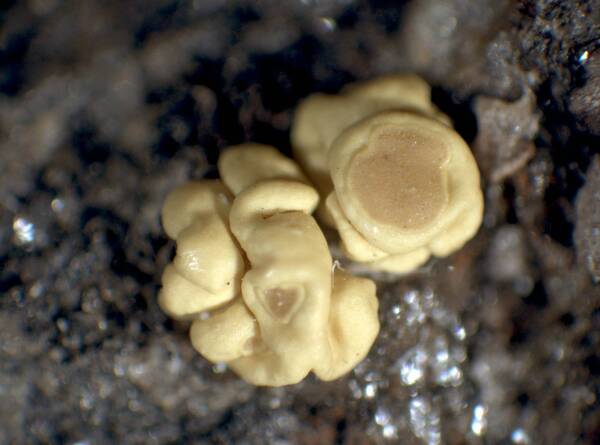
Miris Castello - CC BY-SA 4.0; Owner: Department of Life Sciences - University of Trieste
Antarctica, Terra Nova Bay.
Herbarium: TSB - Antarctic Herbarium
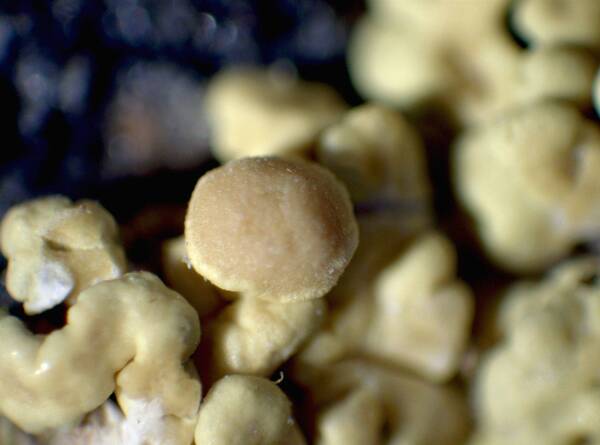
Miris Castello - CC BY-SA 4.0; Owner: Department of Life Sciences - University of Trieste
Antarctica, Terra Nova Bay.
Herbarium: TSB - Antarctic Herbarium
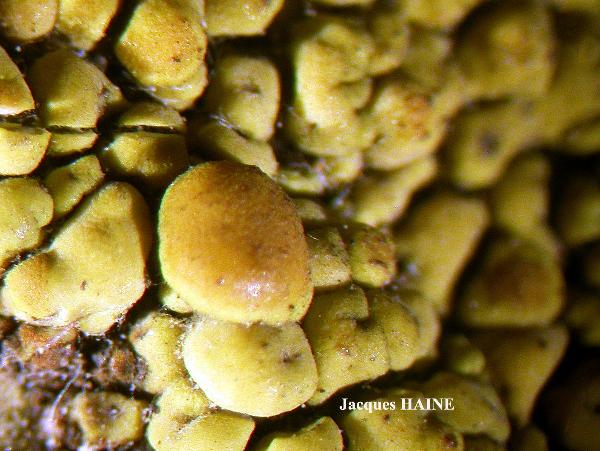
Jacques Haine - Source: http://www.lichensmaritimes.org/index.php?task=fiche&lichen=1216&lang=en
Belgium, Ardennes Fepin
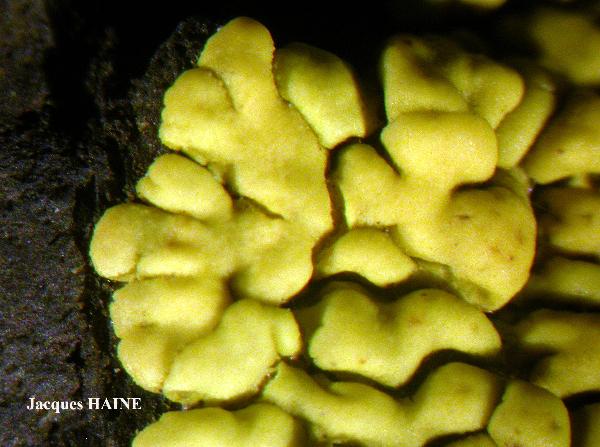
Jacques Haine - Source: http://www.lichensmaritimes.org/index.php?task=fiche&lichen=1216&lang=en
Belgium, Ardennes Fepin
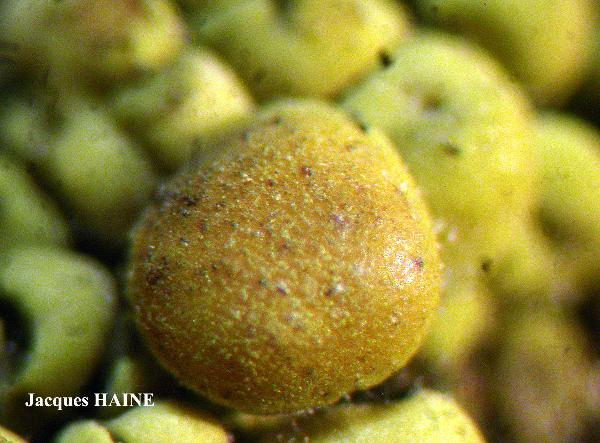
Jacques Haine - Source: http://www.lichensmaritimes.org/index.php?task=fiche&lichen=1216&lang=en
Belgium, Ardennes Fepin
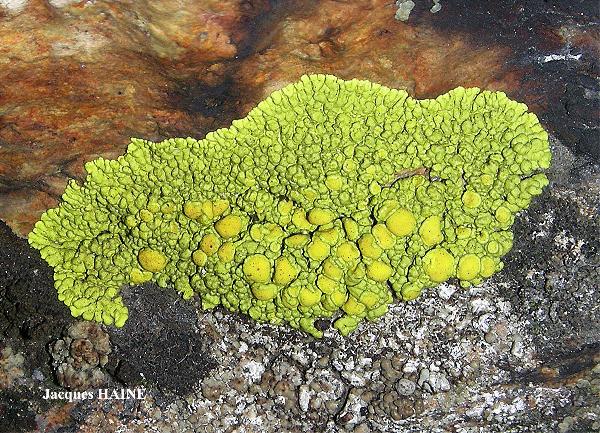
Jacques Haine - Source: http://www.lichensmaritimes.org/index.php?task=fiche&lichen=1216&lang=en
Belgium, Ardennes Fepin
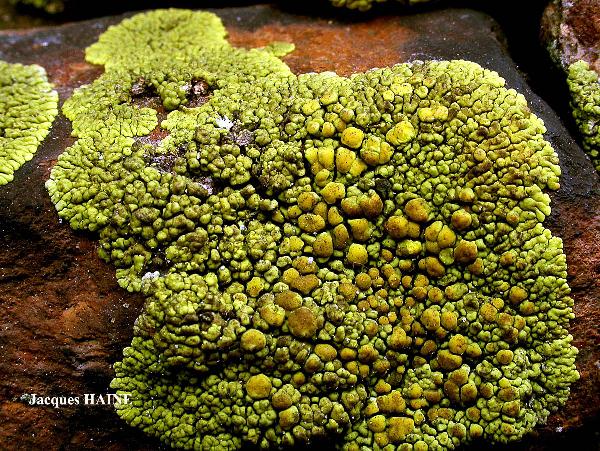
Jacques Haine - Source: http://www.lichensmaritimes.org/index.php?task=fiche&lichen=1216&lang=en
Belgium, Ardennes Fepin
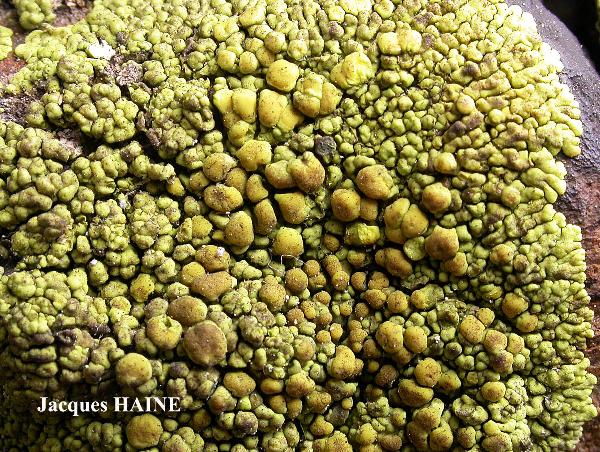
Jacques Haine - Source: http://www.lichensmaritimes.org/index.php?task=fiche&lichen=1216&lang=en
Belgium, Ardennes Fepin
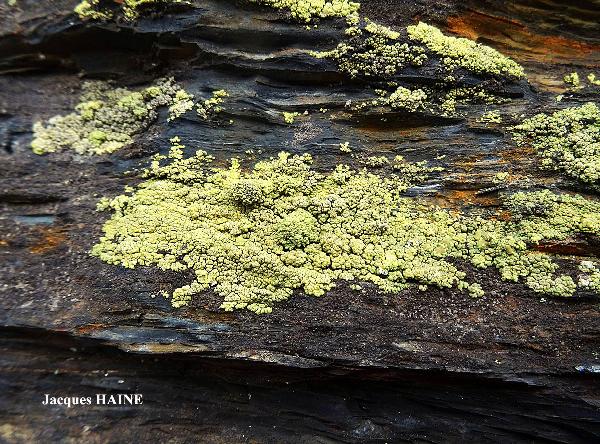
Jacques Haine - Source: http://www.lichensmaritimes.org/index.php?task=fiche&lichen=1216&lang=en
Belgium, Ardennes Fepin
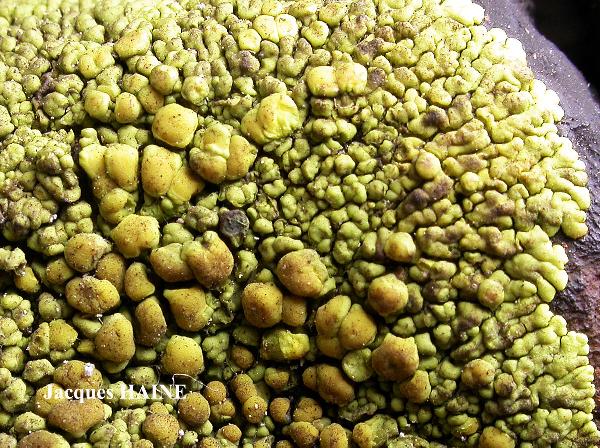
Jacques Haine - Source: http://www.lichensmaritimes.org/index.php?task=fiche&lichen=1216&lang=en
Belgium, Ardennes Fepin
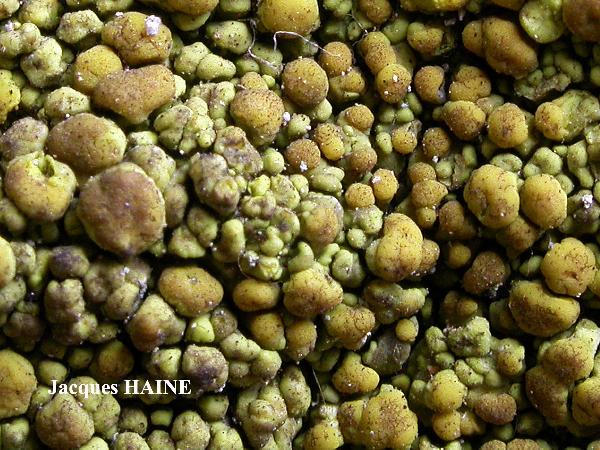
Jacques Haine - Source: http://www.lichensmaritimes.org/index.php?task=fiche&lichen=1216&lang=en
Belgium, Ardennes Fepin
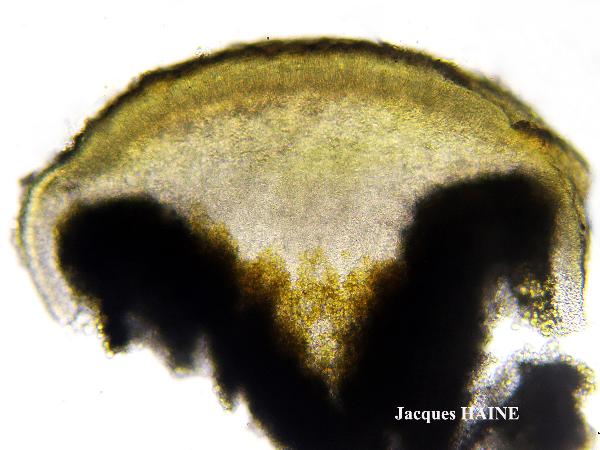
Jacques Haine - Source: http://www.lichensmaritimes.org/index.php?task=fiche&lichen=1216&lang=en
Belgium, Ardennes Fepin

Jacques Haine - Source: http://www.lichensmaritimes.org/index.php?task=fiche&lichen=1216&lang=en
Belgium, Ardennes Fepin
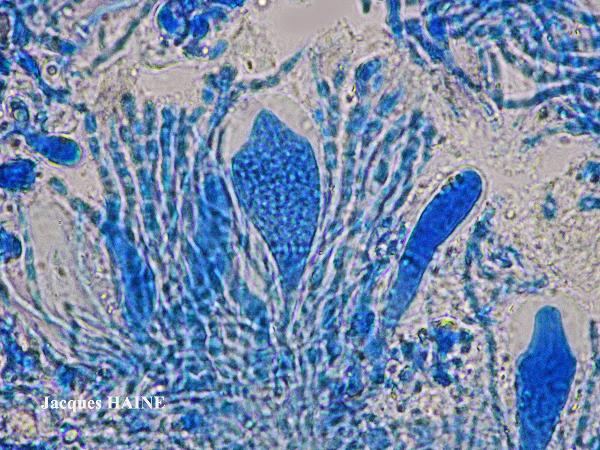
Jacques Haine - Source: http://www.lichensmaritimes.org/index.php?task=fiche&lichen=1216&lang=en
Belgium, Ardennes Fepin

Jacques Haine - Source: http://www.lichensmaritimes.org/index.php?task=fiche&lichen=1216&lang=en
Belgium, Ardennes Fepin

Jacques Haine - Source: http://www.lichensmaritimes.org/index.php?task=fiche&lichen=1216&lang=en
Belgium, Ardennes Fepin
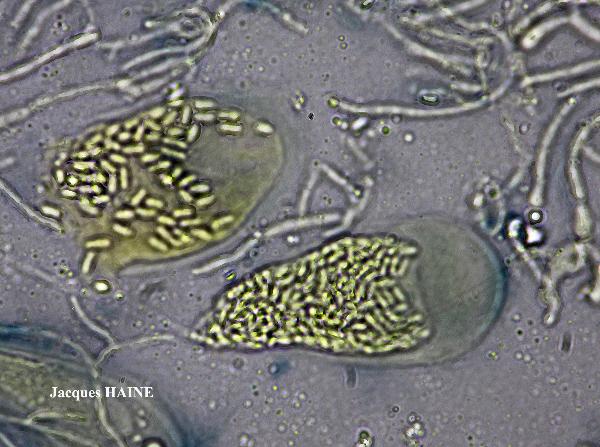
Jacques Haine - Source: http://www.lichensmaritimes.org/index.php?task=fiche&lichen=1216&lang=en
Belgium, Ardennes Fepin
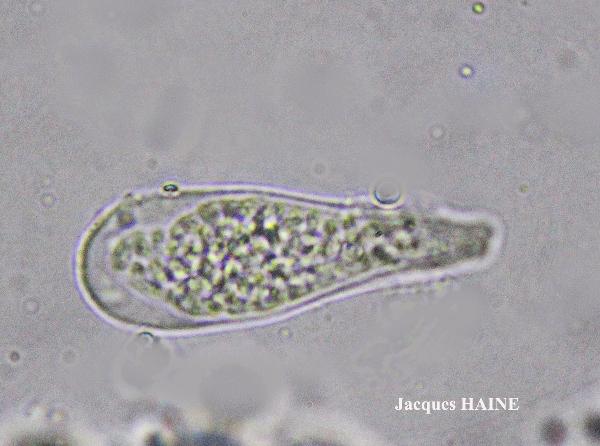
Jacques Haine - Source: http://www.lichensmaritimes.org/index.php?task=fiche&lichen=1216&lang=en
Belgium, Ardennes Fepin

Jacques Haine - Source: http://www.lichensmaritimes.org/index.php?task=fiche&lichen=1216&lang=en
Belgium, Ardennes Fepin
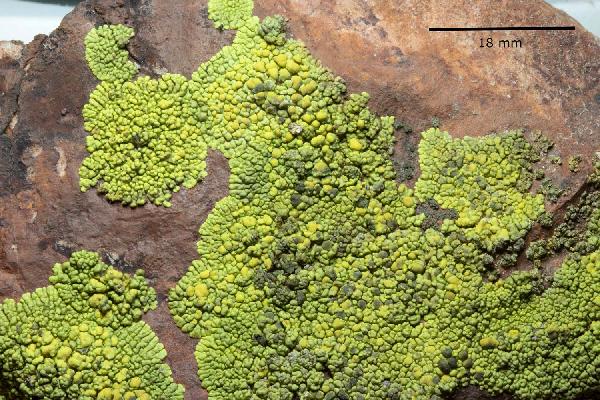
Marta Gonzalez Garcia - Centro de Estudios Micologicos Asturianos
Spain, Valdorria (León), 11-VII-2024, en rocas acidas protegidas de la lluvia, a 1400 m de altitud, leg. & det. M. González.
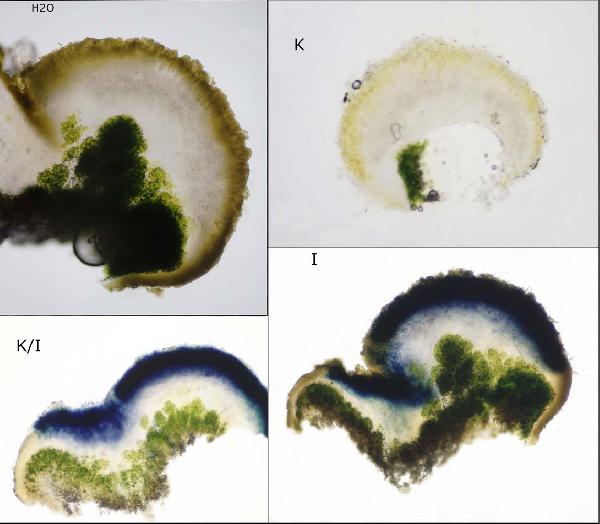
Marta Gonzalez Garcia - Centro de Estudios Micologicos Asturianos
Spain, Valdorria (León), 11-VII-2024, en rocas acidas protegidas de la lluvia, a 1400 m de altitud, leg. & det. M. González.

Marta Gonzalez Garcia - Centro de Estudios Micologicos Asturianos
Spain, Valdorria (León), 11-VII-2024, en rocas acidas protegidas de la lluvia, a 1400 m de altitud, leg. & det. M. González.
Growth form: Crustose
Substrata: rocks
Photobiont: green algae other than Trentepohlia
Reproductive strategy: mainly sexual
In underhangs rarely wetted by rain
Commonnes-rarity: (info)
Alpine belt: rather common
Subalpine belt: very rare
Oromediterranean belt: very rare
Montane belt: very rare
Submediterranean belt: absent
Padanian area: absent
Humid submediterranean belt: absent
Humid mediterranean belt: absent
Dry mediterranean belt: absent

Predictive model
| Herbarium samples |

Courtesy Danièle et Olivier Gonnet - Source: https://www.afl-lichenologie.fr/Photos_AFL/Photos_AFL_P/Text_P/Pleopsidium_chlorophanum.htm
France, 26/08/2018 - Mont Cenis - Savoie

Miris Castello - CC BY-SA 4.0; Owner: Department of Life Sciences - University of Trieste
Antarctica, Terra Nova Bay.
Herbarium: TSB - Antarctic Herbarium

Miris Castello - CC BY-SA 4.0; Owner: Department of Life Sciences - University of Trieste
Antarctica, Terra Nova Bay.
Herbarium: TSB - Antarctic Herbarium

Miris Castello - CC BY-SA 4.0; Owner: Department of Life Sciences - University of Trieste
Antarctica, Terra Nova Bay.
Herbarium: TSB - Antarctic Herbarium

Miris Castello - CC BY-SA 4.0; Owner: Department of Life Sciences - University of Trieste
Antarctica, Terra Nova Bay.
Herbarium: TSB - Antarctic Herbarium

Jacques Haine - Source: http://www.lichensmaritimes.org/index.php?task=fiche&lichen=1216&lang=en
Belgium, Ardennes Fepin

Jacques Haine - Source: http://www.lichensmaritimes.org/index.php?task=fiche&lichen=1216&lang=en
Belgium, Ardennes Fepin

Jacques Haine - Source: http://www.lichensmaritimes.org/index.php?task=fiche&lichen=1216&lang=en
Belgium, Ardennes Fepin

Jacques Haine - Source: http://www.lichensmaritimes.org/index.php?task=fiche&lichen=1216&lang=en
Belgium, Ardennes Fepin

Jacques Haine - Source: http://www.lichensmaritimes.org/index.php?task=fiche&lichen=1216&lang=en
Belgium, Ardennes Fepin

Jacques Haine - Source: http://www.lichensmaritimes.org/index.php?task=fiche&lichen=1216&lang=en
Belgium, Ardennes Fepin

Jacques Haine - Source: http://www.lichensmaritimes.org/index.php?task=fiche&lichen=1216&lang=en
Belgium, Ardennes Fepin

Jacques Haine - Source: http://www.lichensmaritimes.org/index.php?task=fiche&lichen=1216&lang=en
Belgium, Ardennes Fepin

Jacques Haine - Source: http://www.lichensmaritimes.org/index.php?task=fiche&lichen=1216&lang=en
Belgium, Ardennes Fepin

Jacques Haine - Source: http://www.lichensmaritimes.org/index.php?task=fiche&lichen=1216&lang=en
Belgium, Ardennes Fepin

Jacques Haine - Source: http://www.lichensmaritimes.org/index.php?task=fiche&lichen=1216&lang=en
Belgium, Ardennes Fepin

Jacques Haine - Source: http://www.lichensmaritimes.org/index.php?task=fiche&lichen=1216&lang=en
Belgium, Ardennes Fepin

Jacques Haine - Source: http://www.lichensmaritimes.org/index.php?task=fiche&lichen=1216&lang=en
Belgium, Ardennes Fepin

Jacques Haine - Source: http://www.lichensmaritimes.org/index.php?task=fiche&lichen=1216&lang=en
Belgium, Ardennes Fepin

Jacques Haine - Source: http://www.lichensmaritimes.org/index.php?task=fiche&lichen=1216&lang=en
Belgium, Ardennes Fepin

Jacques Haine - Source: http://www.lichensmaritimes.org/index.php?task=fiche&lichen=1216&lang=en
Belgium, Ardennes Fepin

Jacques Haine - Source: http://www.lichensmaritimes.org/index.php?task=fiche&lichen=1216&lang=en
Belgium, Ardennes Fepin

Marta Gonzalez Garcia - Centro de Estudios Micologicos Asturianos
Spain, Valdorria (León), 11-VII-2024, en rocas acidas protegidas de la lluvia, a 1400 m de altitud, leg. & det. M. González.

Marta Gonzalez Garcia - Centro de Estudios Micologicos Asturianos
Spain, Valdorria (León), 11-VII-2024, en rocas acidas protegidas de la lluvia, a 1400 m de altitud, leg. & det. M. González.

 INDEX FUNGORUM
INDEX FUNGORUM
 GBIF
GBIF
 DOLICHENS
DOLICHENS
